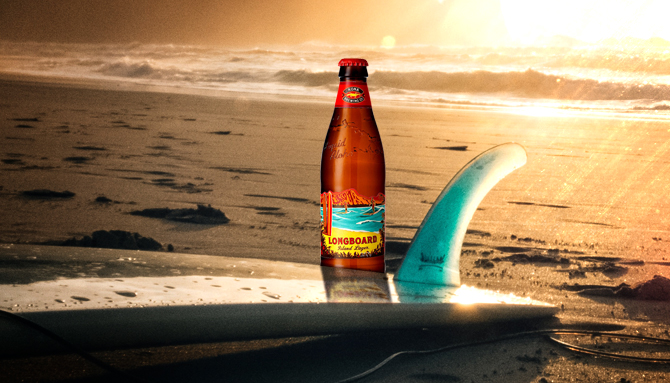
After releasing its first quarter earnings results on Wednesday, which were marked by a 4 percent decline in depletions, Craft Brew Alliance CEO Andy Thomas addressed the “relative turmoil within the marketplace” during a call with investors and analysts.
“The trends are consistent and increasingly clear,” he said. “Consumers are changing how, where, and with what they socialize. And the impacts on our industry continued to be profound.”
In his opening remarks, Thomas pointed to the growth of taprooms, the continued consumer shift toward wine and spirits, the emergence of direct-to-consumer distribution models and various headwinds for regional craft breweries as signs of a more complex market.
“In the decades past, it was possible to be successful with either a strong brand or a strong company,” he said. “While the mighty had both, enough strength in one could still generally lead to success. In contrast, today is not a market for an either or strategy.”
Despite the “cluttered backdrop,” Thomas believes CBA is still well-positioned as a result of its Kona-plus strategy.
Indeed, Kona drove CBA’s 7 percent net sales growth in the first quarter, as shipments for the brand grew 20 percent, to 99,000 barrels.
And Thomas believes that his company’s Kona offerings will continue to outperform broader craft category trends because they have “a clear point of difference, a strong home market, a healthy growing flagship in Big Wave, gains in both distribution and velocity, and room to run in existing channels, new channels and new markets.”
For those reasons, Thomas argued, CBA will remain strong even as sales of its other core brands – Redhook and Widmer – continue to decline.
“In Q1, 2018, CBA demonstrated an ability to efficiently and more profitably operate our breweries,” he said, pointing to the company’s continued gross margin improvement, among other factors.

Meanwhile, on-premise sales of Kona Big Wave beer grew 29 percent during the quarter, CMO Ken Kunze said. Sales of Hanalei IPA also grew 21 percent, he added.
Nevertheless, sales-to-retailers for the entire brand grew just 3 percent, a “slowdown” from previous quarters.
“We attribute the slowdown primarily to a channel and key account issue due to our performance in the grocery and club channels, both of which we are actively addressing and not as a fundamental consumer issue,” Kunze said.
According to Kunze, CBA’s sales team is working to increase Kona sales in the grocery channel via “promotional activity and the tactical execution of volume driving price points.”
But beyond Kona, much of the CBA portfolio continues to struggle. Shipments of Widmer Brothers and Redhook products declined 16.2 percent (to 23,300 barrels) and 10.1 percent (to 18,600 barrels), respectively, during the first quarter.
That didn’t stop Thomas from arguing that CBA is a “company transformed,” and that it is “more capable of competing in the market today, with deeper resources to anticipate the challenges of that market tomorrow,” however.
During a question-and-answer session, Thomas was asked multiple times about potential long-term growth challenges for Kona and the beer category in general.
Though he said he was not concerned about velocity issues, Thomas noted that uncertainty within the overall beer market is something he is keeping a close eye on.
“Do the craft beer trends worry me?” he asked rhetorically. “I would say overall, the broader beer trends are concerning to me and that’s why you’ve heard me say things like, in the innovation area, we’re going to be playing outside the traditional definition of beer.”
Earlier this year, CBA eliminated its emerging brands division and refocused its efforts on innovation. Simultaneously, the company named Karmen Olson, who had been serving as the director of emerging business partnerships, to the newly created role of “director of innovation.”
At the time, Olson said CBA would explore innovation opportunities within wine, spirits and cannabis.
During Thursday’s earnings call, Thomas alluded to those efforts, noting that the “social lubricant space” is being redefined and that it’s up to CBA to be “accountable for, basically, developing the brands that are at our disposal and the resources that we can marshal to commercialize that as successfully as possible.”
In doing so, the company has moved away from mergers or acquisitions as path toward innovation.
“It’s a little bit more organic kind of homegrown, old fashion R&D, as opposed to going out and buying other people who are doing what you’re doing,” he said.
